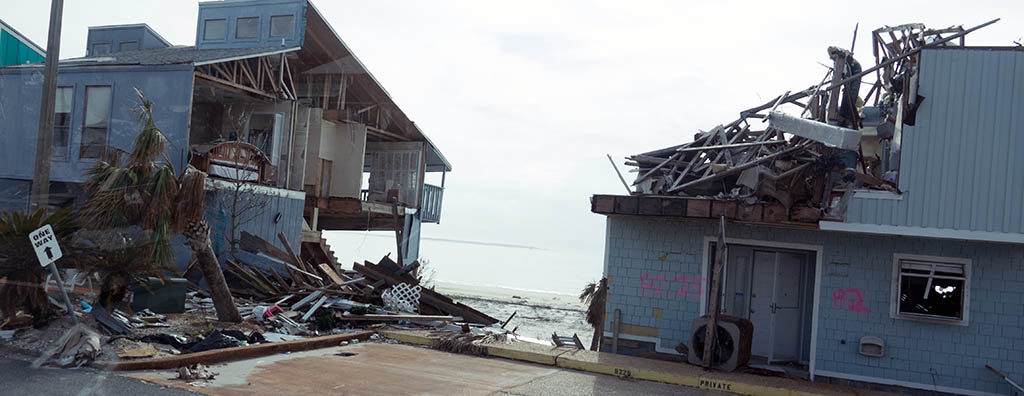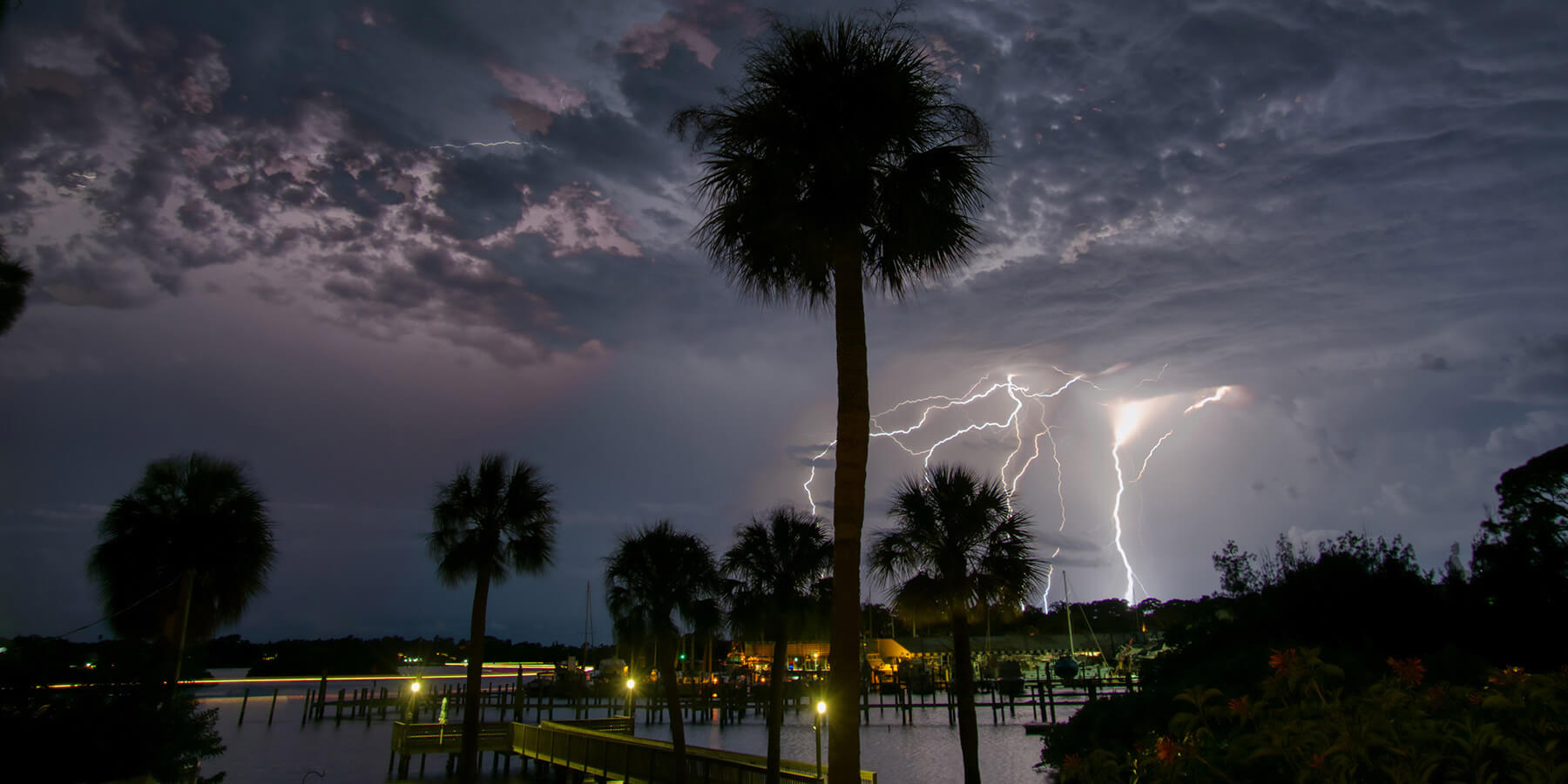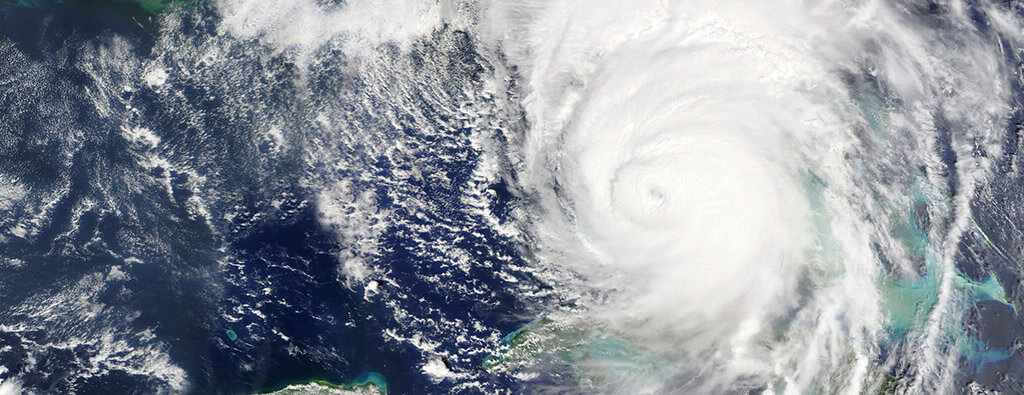While only four Category 5 hurricanes have made landfall in the United States, understanding this list of Category 5 hurricanes can help us prepare for these rare but deadly tropical storms.
As of now, the list of Category 5 hurricanes to impact the US is short, nevertheless, they are deemed by the National Hurricane Center as “catastrophic,” bringing a very high chance of damage and, in some cases, loss of life. Compared to a Category 1 hurricane, a Category 5 hurricane is likely to do 500 times more damage.
Below, we’ll review the nation’s Category 5 hurricane history, the potential devastation of these hurricanes, and the science behind how they form.
Category 5 Hurricane History and the Saffir-Sampson Hurricane Wind Scale
The classification of hurricanes into categories, including Category 5, began with the Saffir-Simpson Hurricane Wind Scale in 1971. This system was developed to standardize the measurement of hurricane intensity based on sustained wind speeds, ranging from Category 1 to Category 5.
Before this system, hurricanes were described qualitatively based on their observed impacts rather than precise wind measurements. The introduction of the Saffir-Simpson Scale marked a significant advancement in hurricane forecasting and communication, allowing for a clearer understanding of the potential impacts of these powerful storms.
With it, we can better understand the Category 5 hurricane history and organize the list of Category 5 hurricanes to impact the US.
How Do Category 5 Hurricanes Form?
Category 5 hurricanes form like any hurricane, through complex environmental conditions.
The process and conditions needed are as follows:
- Pre-existing Weather Disturbance: Hurricanes typically start from a pre-existing weather disturbance, like a tropical wave or an area of low pressure, that provides the initial spin and energy needed for development.
- Warm Ocean Waters: Hurricanes need at least 26.5°C (80°F) sea surface temperatures to provide heat and moisture. Warm water causes the air above it to warm and rise, creating a low-pressure system.
- Moisture in the Atmosphere: As the warm, moist air rises, it cools and condenses, forming clouds and releasing latent heat. This released heat warms the air further, causing it to rise more rapidly and create a convection cycle.
- Low Wind Shear: Low wind shear is crucial for hurricane formation and intensification because it allows the storm to maintain its organized structure, ensuring differing levels of wind don’t disrupt it while efficiently channeling more energy.
- Coriolis Effect: The Coriolis effect, caused by Earth’s rotation, provides the necessary spin and organization for hurricane development. It also affects the storm’s path and stability, guiding hurricanes along curved trajectories rather than straight paths. This helps maintain the hurricane’s structure and intensity over time.
As these conditions are met and the storm intensifies, it can reach Category 5.
Besides winds, a hurricane’s central pressure is a key indicator of its strength. For Category 5 hurricanes, the central pressure is usually very low, often below 920 millibars. This low pressure signifies a strong, well-developed storm system with a powerful cyclone.
A Category 5 hurricane can also typically appear larger, with a well-defined eye and eyewall. Its impacts can be extremely severe, including catastrophic damage and life-threatening conditions.
Winds of a Category 5 Hurricane
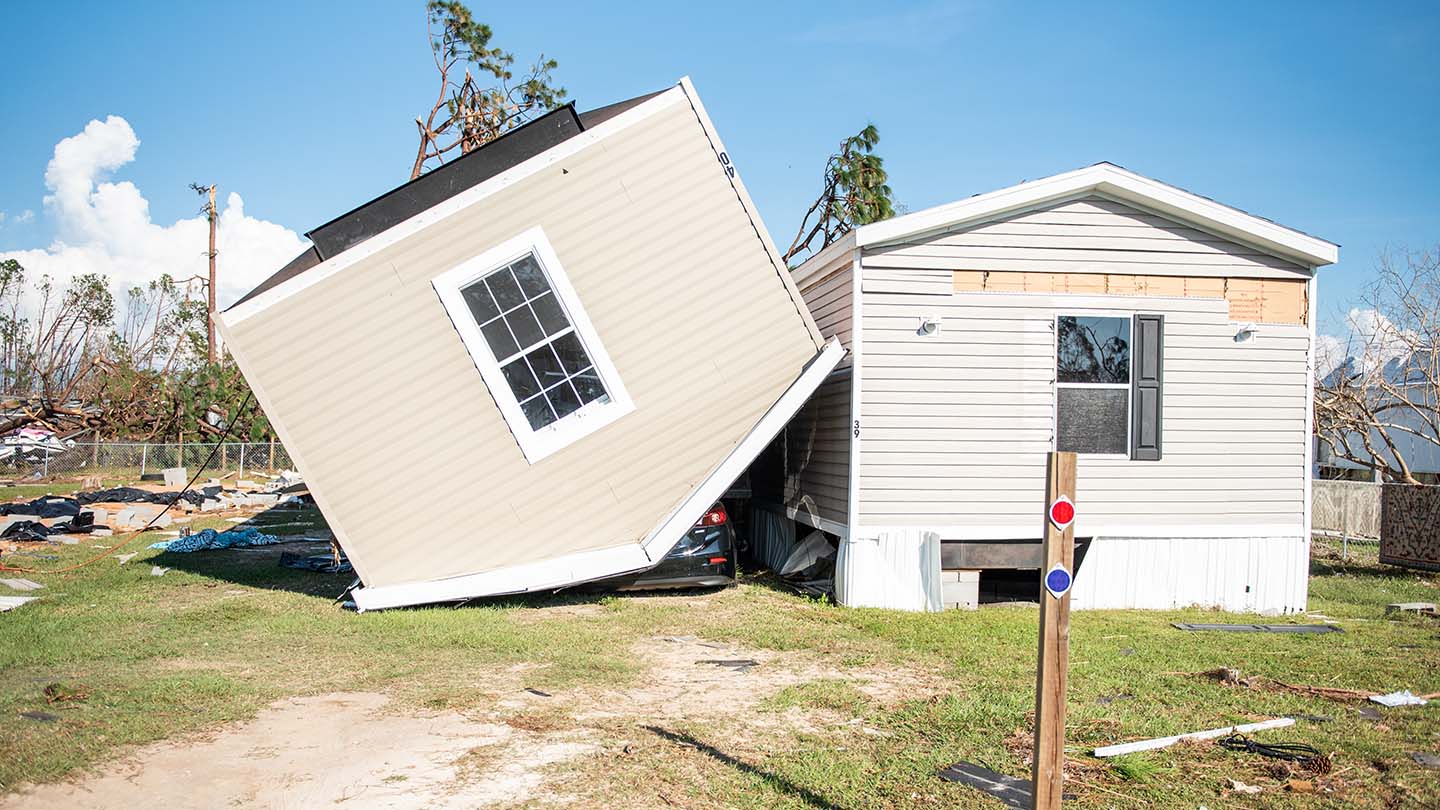
Category 5 hurricanes are defined by their highly intense winds exceeding 157 mph (252 km/h). The winds of a Category 5 hurricane can cause severe and widespread damage, including:
- Structural Damage: Buildings, including well-constructed homes and commercial structures, can suffer complete roof loss, wall collapse, or total destruction. Wooden structures and mobile homes are especially vulnerable to being torn apart or flattened.
- Infrastructure Impact: The winds of a Category 5 hurricane can cause extensive damage to infrastructure such as power lines, bridges, and roads, leading to prolonged power outages and significant disruption of transportation and emergency services.
- Debris and Hazardous Conditions: Flying debris from damaged structures and vegetation can pose severe risks to people and vehicles. The winds of a Category 5 hurricane can also uproot trees, making roadways impassable and increasing the risk of injury and further damage.
- Flooding and Storm Surge: While not directly related to wind speed, winds of a Category 5 hurricane often produce significant storm surges and heavy rainfall, exacerbating flooding issues and compounding the damage caused by the winds.
Category 5 Hurricane Damage
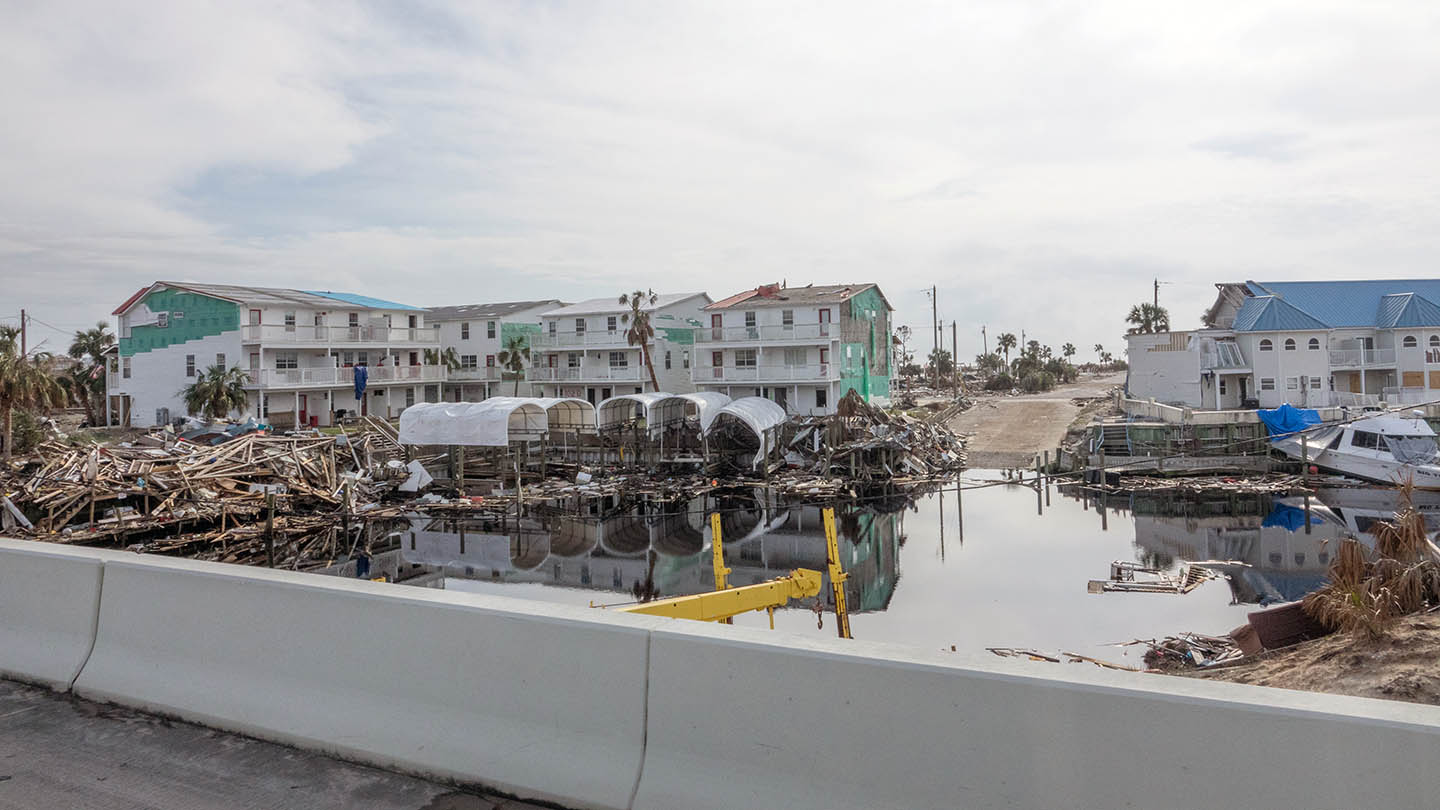
The impact of Category 5 hurricane damage is typically immense and far-reaching. The power of these hurricanes presents an extreme risk, causing extensive destruction and necessitating comprehensive disaster response and recovery efforts.
- Economic Cost: The recovery costs of Category 5 hurricane damage add up and can take time to carry out. The economic damage from Category 5 hurricanes in the US has been substantial. Historical estimates show that Category 5 hurricanes can result in damages ranging from $12.2 billion to over $60 billion, depending on the extent and location of the impact. The uprooted trees, fallen electrical poles, and scattered debris require extensive planning and manpower to remove and replace.
- Displacement and Housing Crisis: Widespread Category 5 hurricane damage can displace residents, leading to temporary or long-term housing shortages. The need for temporary shelters and rebuilding can strain community resources and complicate recovery efforts.
- Psychological Impact: The trauma and stress associated with experiencing a Category 5 hurricane can lead to mental health challenges for survivors. The disruption of everyday life, combined with the loss of homes and livelihoods, can result in long-term psychological effects such as anxiety, depression, and post-traumatic stress disorder (PTSD).
- Environmental Damage: Hurricanes can significantly harm natural environments, potentially causing coastal erosion, habitat destruction, and contamination of water sources. Category 5 hurricane damage to the environment can have long-lasting effects on local ecosystems and wildlife. Crops and livestock can also be severely affected, leading to food shortages and economic losses for farmers.
Advances in hurricane forecasting technology, such as satellite observations, weather radar, and computer modeling, help us better anticipate hurricane intensity and path. However, Category 5 hurricanes should remain a critical focus of disaster preparedness because of their potential for widespread destruction.
Last Category 5 Hurricanes in the US
The last Category 5 hurricane to directly make landfall in the US was in 2018. In July of 2024, we saw Hurricane Beryl at a Category 5 status, but it had weakened to a Category 1 hurricane by the time it hit Texas. Still, Beryl’s rapid intensification into a Category 5 hurricane should be a warning sign for things to come.
Hurricane Milton also reached Category 5 status in October 2024 before its wind speeds decreased below the Category 5 threshold. The chances for more intense hurricanes, specifically Category 5, continue to increase due to factors such as rising sea surface temperatures, increased atmospheric moisture, and changes in wind patterns.
Below we’ll explore the list of Category 5 hurricanes to impact the US.
Hurricane Michael (2018)
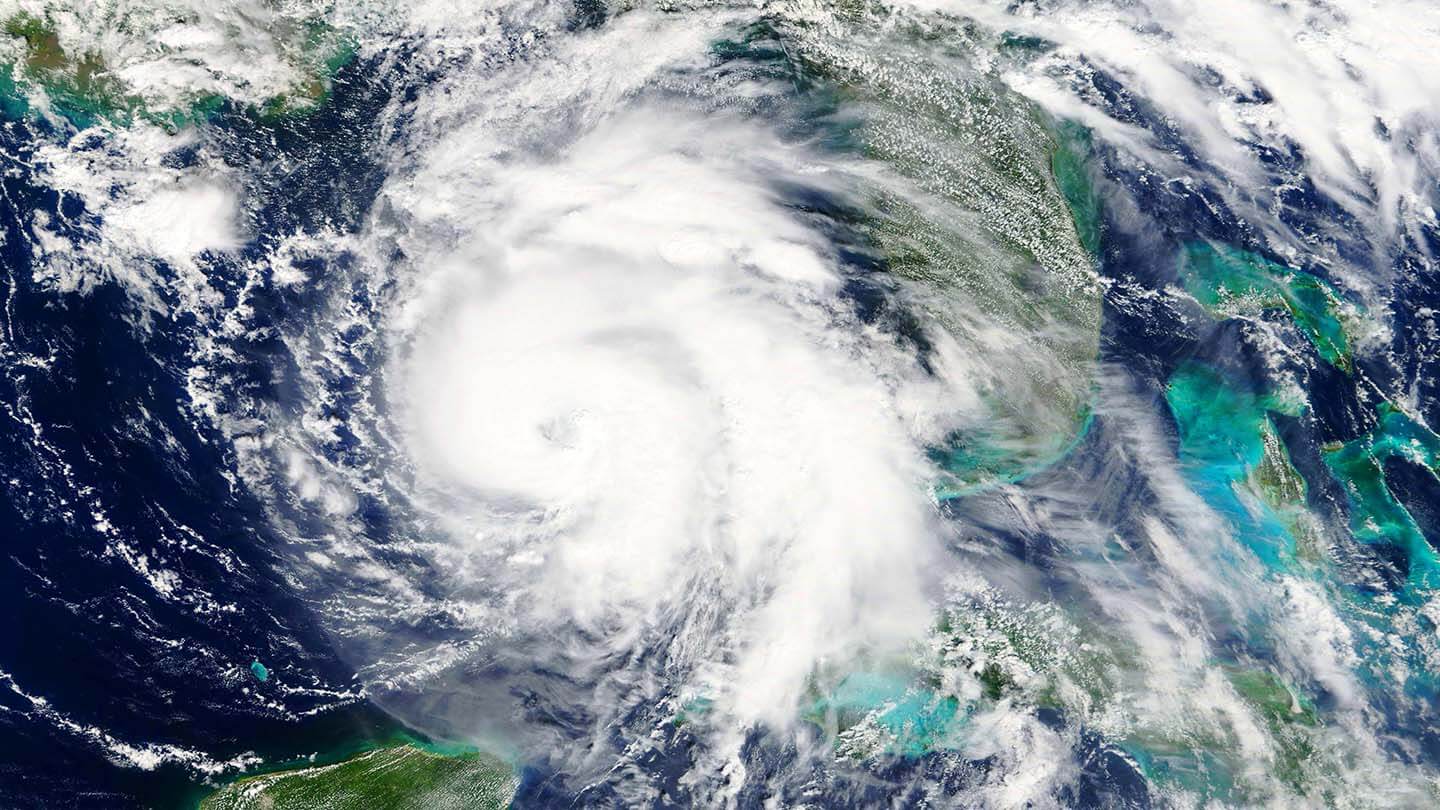
Hurricane Michael was the fourth and last Category 5 hurricane to land in the US. According to scientists at NOAA’s National Hurricane Center, Michael’s estimated wind speeds were 160 mph when it landed on October 10, 2018, with a central pressure of 919 millibars. As it moved inland, it gradually lost its power. However, Donaldsonville, GA, located 80 miles from where Michael initially made landfall, experienced a gust of wind of 115 mph, a rarity for storms, as they typically do not maintain their intensity once moving more inland.
As it stands now, Michael is also the most powerful storm to impact the Florida Panhandle in recorded history and only the second known Category 5 landfall on the northern Gulf coast. Michael brought about $25 billion in damage to the US.
Hurricane Andrew (1992)
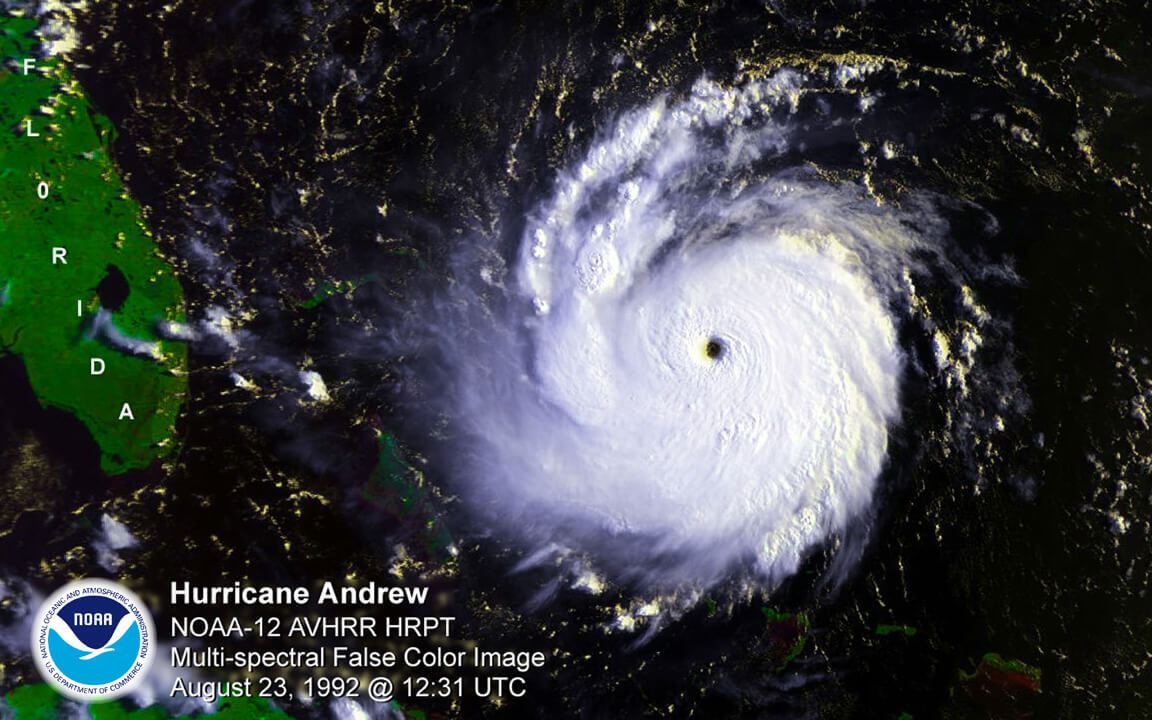
Third on the list of Category 5 hurricanes to impact the US is Hurricane Andrew. According to NOAA records, it made landfall in South Miami-Dade County on August 24, 1992, with maximum sustained winds of 165 mph and a central pressure of 922 millibars. As Andrew progressed inland, it weakened, but its effects were still severe. Areas well inland experienced powerful winds, with some locations reporting gusts of around 100 mph.
At the time, Andrew was one of the most intense hurricanes to impact the US, becoming the most destructive storm to hit Florida in recorded history. In the end, Andrew destroyed about 50,000 homes and caused approximately $26 billion in damage, making it one of the costliest hurricanes to strike the US.
Hurricane Camille (1969)
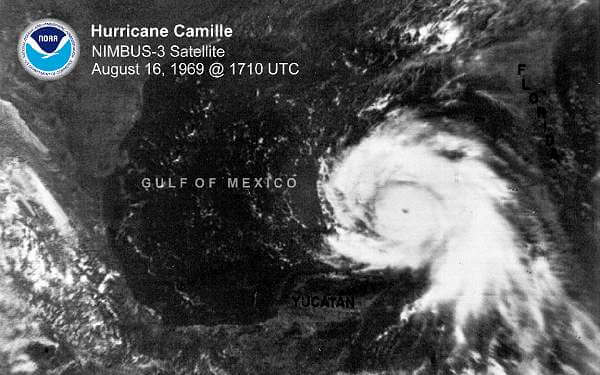
Second on the list of Category 5 hurricanes to hit the US is Hurricane Camille. Camille ended up leaving a profound mark on US hurricane history. When Camille landed along the Mississippi Gulf Coast on August 17, 1969, it had a central pressure of 909 millibars; however, wind speeds were unknown as Hurricane Camille destroyed any wind-recording instruments during its landing. Some estimate the wind speeds reached 200 mph at the coast. Even without this information, it is still considered one of the most intense hurricanes ever to hit the US, affecting a handful of states.
As Camille moved inland, it rapidly weakened but continued to bring devastating impacts. About 75 miles inland, wind speeds of 120 mph were recorded. Even well inland, the storm’s effects were severe, with reports of strong winds and significant flooding. Camille’s powerful storm surge and rainfall resulted in extensive damage, particularly along the Gulf Coast. More than 20,000 acres of corn were flattened in Mississippi and Alabama, mainly by Camille’s strong and intense winds.
Camille caused approximately $1.4 billion in damage at the time, a substantial amount considering its 1969-dollar value. Camille is remembered as one of the most destructive hurricanes in US history, and its intensity and impact led to significant changes in hurricane forecasting and preparedness.
Labor Day Hurricane (1935)
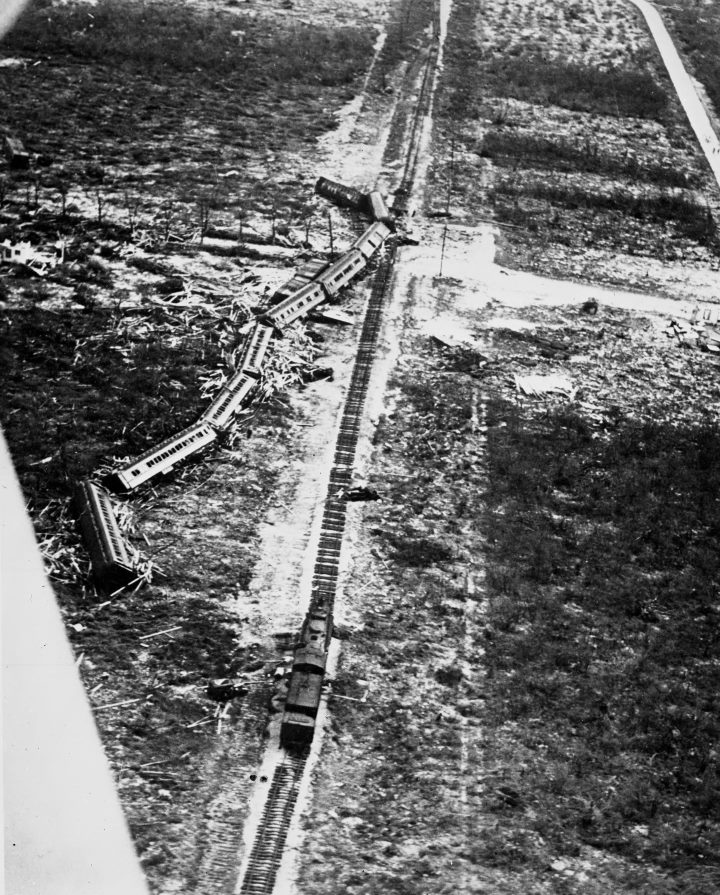
The 1935 Labor Day Hurricane was the first hurricane on the list of Category 5 hurricanes to strike the US. Making landfall on September 2, 1935, this Category 5 hurricane had estimated wind speeds of 185 mph and a central pressure of 892 millibars, the lowest ever recorded for a US landfall. It was also the first recorded instance of an aircraft being explicitly used to locate a hurricane, with an afternoon flight on September 2 reporting the storm’s location hours before it made landfall.
The storm caused catastrophic damage in the Florida Keys, particularly in the Upper Keys.
The estimated damages due to the Category 5 Labor Day Hurricane are hard to estimate but most likely exceed $6 million, a significant amount given the economic conditions of the 1930s. The Labor Day Hurricane’s impact was profound, leading to widespread destruction and significant loss of life, and it remains a benchmark for hurricane intensity and historical study.
Preparing for More Category 5 Hurricanes
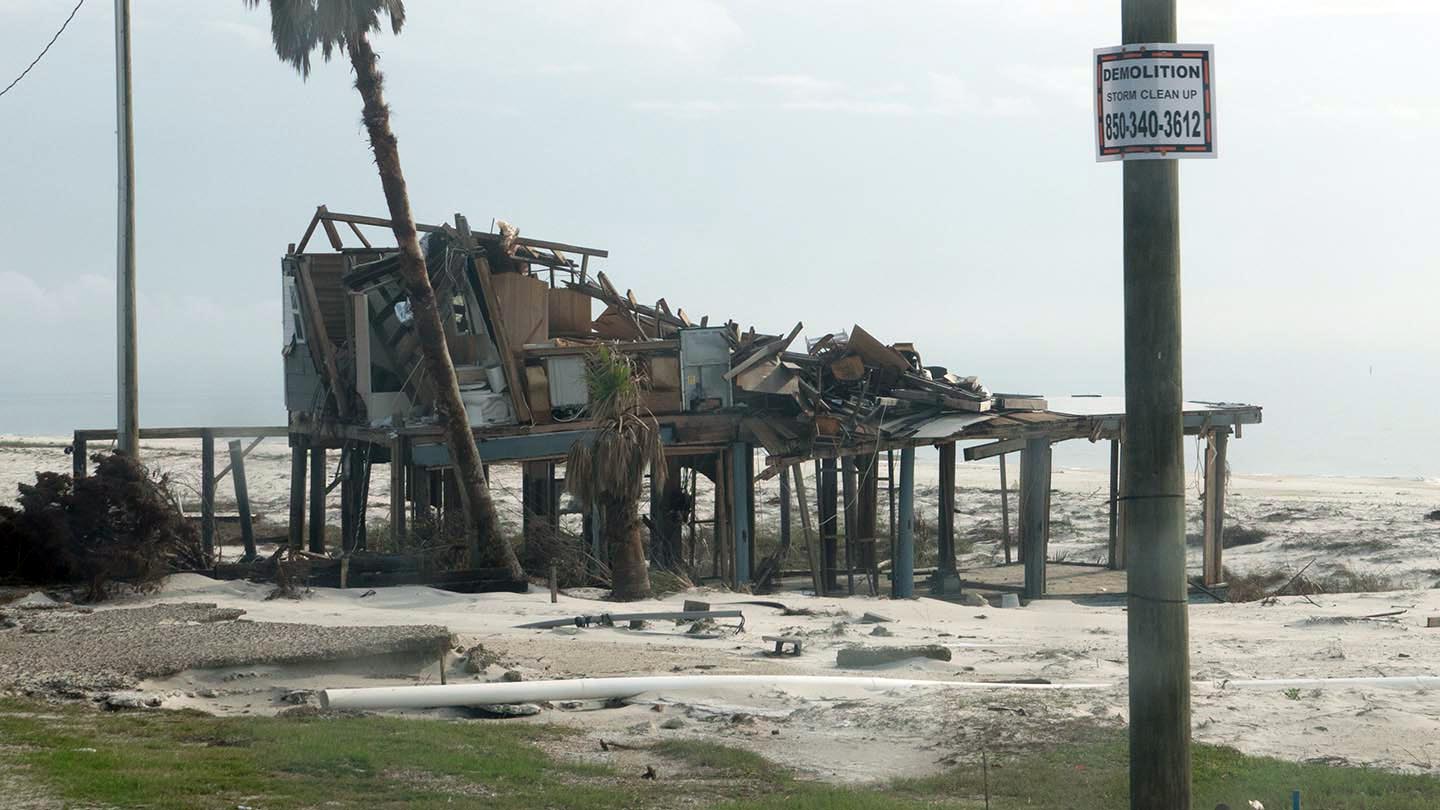
Category 5 hurricanes represent the peak of storm intensity, bringing unparalleled destruction and significant loss of life. The list of all Category 5 hurricanes that impacted the US serves as a stark reminder of the need for robust planning, advanced warning systems, and resilient infrastructure.
Our team specializes in assisting governments and organizations develop tailored disaster preparedness strategies, helping you be ready for whatever comes next. Learn more about our disaster preparedness services and how we can support your organization by reaching out to our team directly. Together, we can help build a safer, more resilient future.
